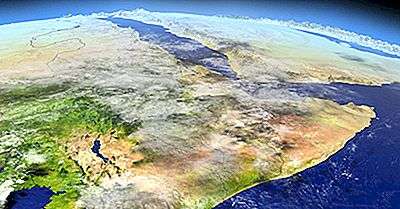The Dervish State was a territory established at the beginning of the 20 th century and lasted between 1988-1920. The state was established by a Muslim religious leader known as Mohammed Abdullah Hassan. The occupants of the state were called Dervishes. Mohammed gathered soldiers across the Horn of Africa, the present Somali country. It led the state to resist Europeans who wanted to invade, conquer and colonize Africans.
Mohammed Abdulla Hassan
Mohammed Abdulla Hassan was a prominent Islamic sheikh who studied and practiced the Koran. He was born in Ogadeen. Although he started out humbly as a nomadic herd boy, he rose to the head of a powerful army with his management and speech skills. He was also a great mobilizer. He was often called “the father of a nation”, although the British called him a mad mullah.
The economic activity of the dervish
Robust business activity took place in Dervish State. The main activity consisted in importing firearms, horses and material used to build houses and fortresses. This has been demonstrated by the many buildings and fortresses in this part of Africa. They also traded cattle with port cities such as Las Khorey.
Well organized defense forces
Dervish State soldiers had superior weapons which enabled them to resist external aggressors. The army was divided into seven units of 1,000 to 4,000 strong men, each under a commander. Most of the soldiers came from nomadic pastors. Before embarking on the war, they performed a dance called “Dhaato” which motivated and inspired the soldiers. Notably, there are four cases where the Dervishes retaliated and expelled the British soldiers. In 1900, they were also able to recover cattle stolen by the Ethiopians, gaining authority in the Ogaden. The state had a central city with permanent military fortresses purpose-built to defend the territory from the attackers. Such a military stronghold was built in Taleh. They also built high walls, the most remarkable being “Silsilat”. Inside the city, Mohammed lived with his family and controlled the state from there.
The impact of the dervish state
The legacy can be seen long after the state has ceased to exist, as evidenced by the many fortresses, castles and other artefacts preserved in the archives and the museum. These have been well preserved under President Mohammed Said Barre. Poetry and literature, linked to both war and peace, have also borrowed a great deal from state culture and are taught in educational institutions with many books written on the state of Dervish. Many films have also been developed to commemorate this state. The Dervish State was one of the largest states that ever existed. We will remember his resistance to external attacks, his well organized army and his impact on current Somali culture. However, the State ended in 1920 after being bombed by the British. Mohammed escaped with remains of his family and died later in 1921.

